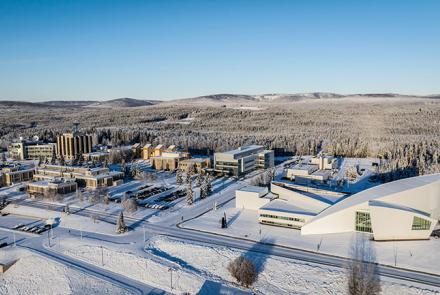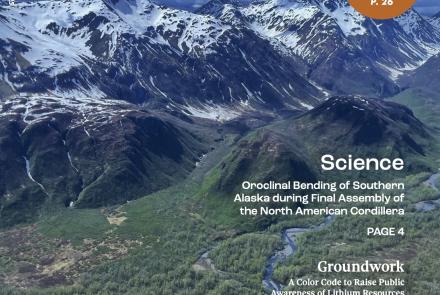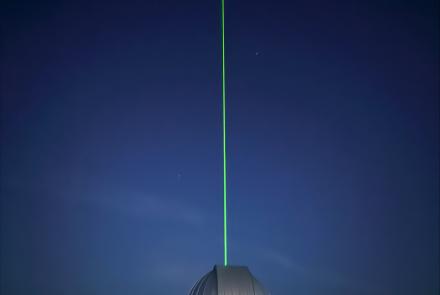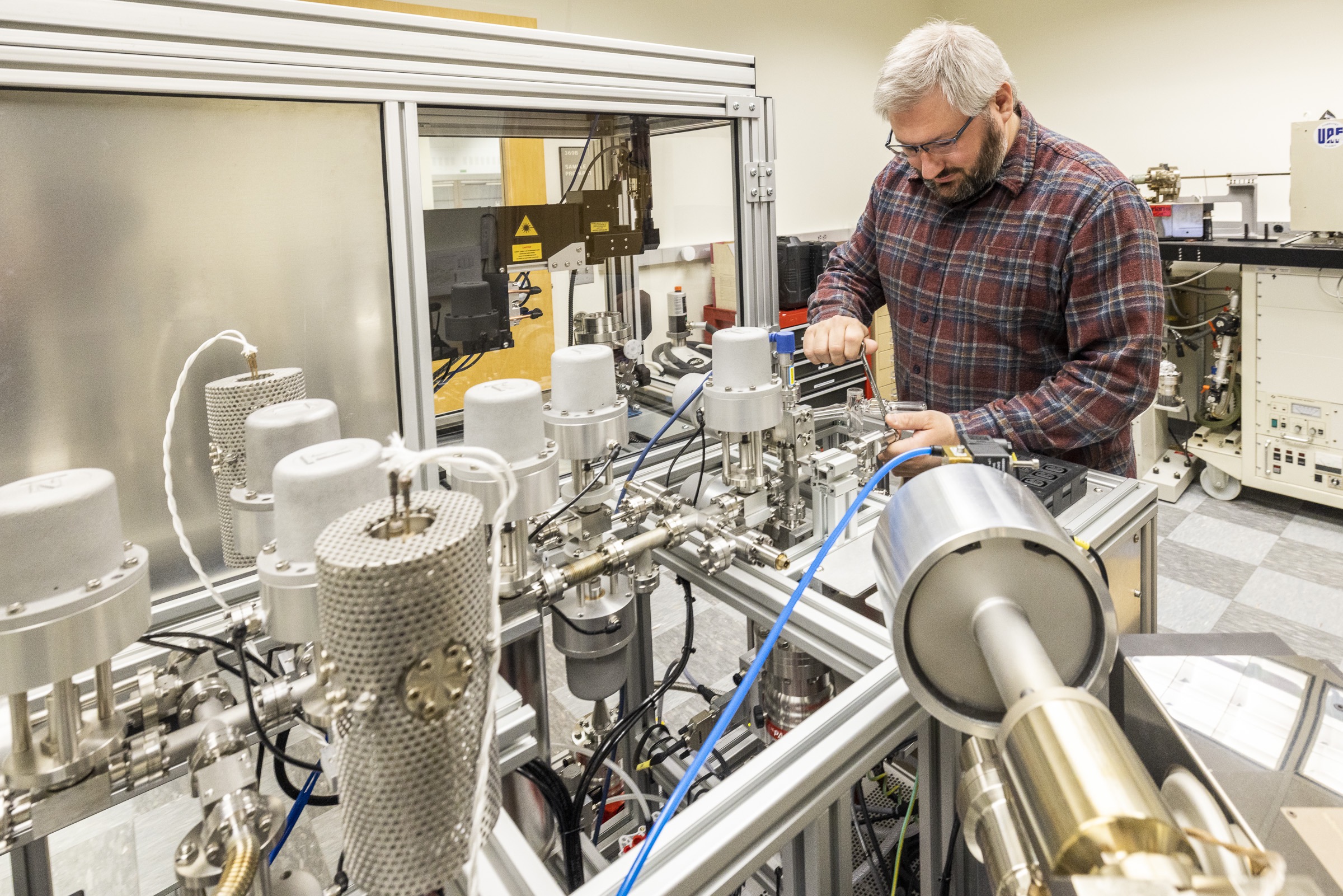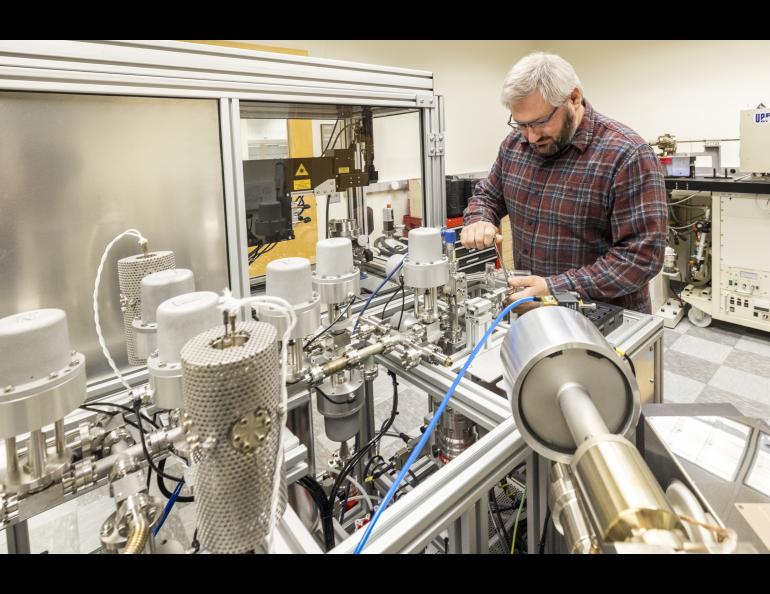
UAF critical minerals proposal advances in federal funding competition
A University of Alaska Fairbanks proposal to reduce the United States’ dependency on foreign sources of minerals critical to the technology and defense industries has been named a semifinalist in a National Science Foundation competition.
UAF’s proposal would establish the Alaska Critical Mineral Accelerator at the UAF Geophysical Institute and could bring over 10 years of funding through the NSF’s Regional Innovation Engines program.
The National Science Foundation announced 29 semifinalists July 8 from the 71 entries selected from 294 applications. Semifinalists will undergo a live virtual assessment, with winners expected to be announced in early 2026.
“The Alaska Critical Mineral Accelerator leadership team is thrilled to have advanced to the next stage of the NSF Regional Innovation Engines competition,” said Lee Ann Munk, director of the Geophysical Institute’s Alaska Critical Minerals Collaborative and lead investigator on the proposal.
The collaborative, which submitted the proposal, is a joint effort of the Geophysical Institute and the UAF Institute of Northern Engineering. Its goal is to bring resources to the state and university to accelerate critical minerals production by partnering with industry and other research entities.
“We have a very strong coalition solidified across the university and our partner team in the critical minerals space and are supported by the state of Alaska,” said Munk, who is a professor with UAF’s Geophysical Institute and College of Natural Science and Mathematics.
The Alaska Critical Mineral Accelerator would involve several UAF units, the University of Alaska Anchorage, the University of Alaska Southeast, state and federal governments, Alaska Native corporations, tech startups, national laboratories, and nonprofits.
The UAF proposal seeks to make Alaska a leader in supporting an emerging U.S. critical minerals mining industry.
“This can only be accomplished through the cohesive industry-academia-government coalition we are building through the UAF Alaska Critical Mineral Collaborative,” Munk said.
Munk said Alaska is well suited because of the presence of the nation’s largest critical mineral mine, Red Dog zinc mine; other metal mines with critical minerals; and the ability of the University of Alaska system to help provide a resilient domestic supply chain.
The United States defines critical minerals as those essential to economic and national security and have a supply chain vulnerable to disruption.
The United States was fully reliant on foreign sources for 12 of the 50 minerals on the U.S. Geological Survey’s 2023 Mineral Commodity Summary. The nation relied on foreign sources for more than 50% of its needs of 31 other critical minerals on that list.
The USGS list includes several minerals that exist in Alaska: antimony, bismuth, cobalt, graphite, lithium, nickel, tellurium, tin, tungsten, copper and platinum.
The Alaska Critical Mineral Accelerator will focus on the need for more exploration and discovery, improved mineral and metal characterization, more efficient extraction and remediation, lower-cost solutions, improved minerals and metal recovery from existing mine waste, and talent and workforce training for Alaskans.
“A major goal is to not only improve the way mining is done but also to improve the perceptions around resource extraction by using novel lower-impact techniques,” Munk said.
The Regional Innovation Engines program aims to accelerate technology development, address societal challenges and stimulate economic growth, particularly in regions that have not fully participated in technology booms. The program’s first awards were made in January 2024.
Congress established and funded the program within the National Science Foundation in 2022. The program provides up to 10 years of funding per proposal, with the option to get two years of funding for planning.
Additional funding for the program, including funding for the current proposals, is contingent on Congress and the White House providing enough money to the NSF to sustain it. Current presidential executive orders support increasing domestic critical minerals production.
• Lee Ann Munk, Alaska Critical Minerals Collaborative, lamunk@alaska.edu
• Rod Boyce, University of Alaska Fairbanks Geophysical Institute, 907-474-7185, rcboyce@alaska.edu

